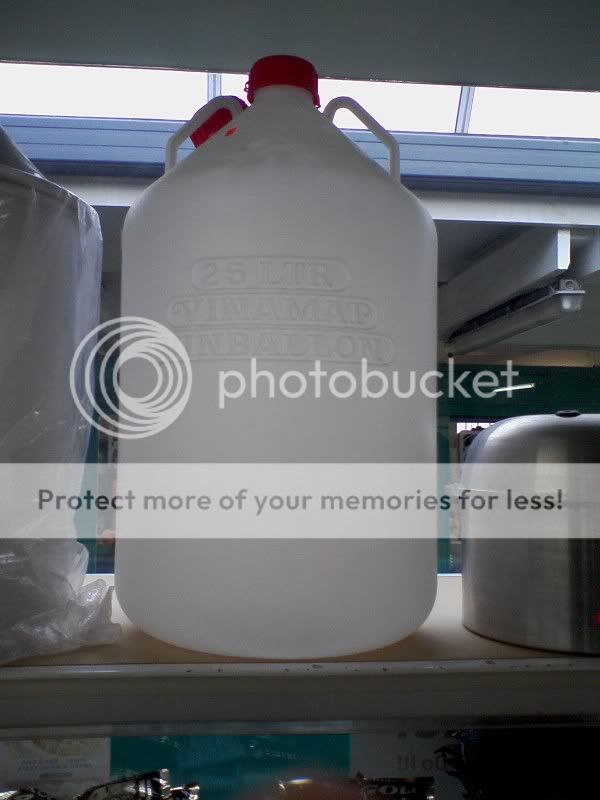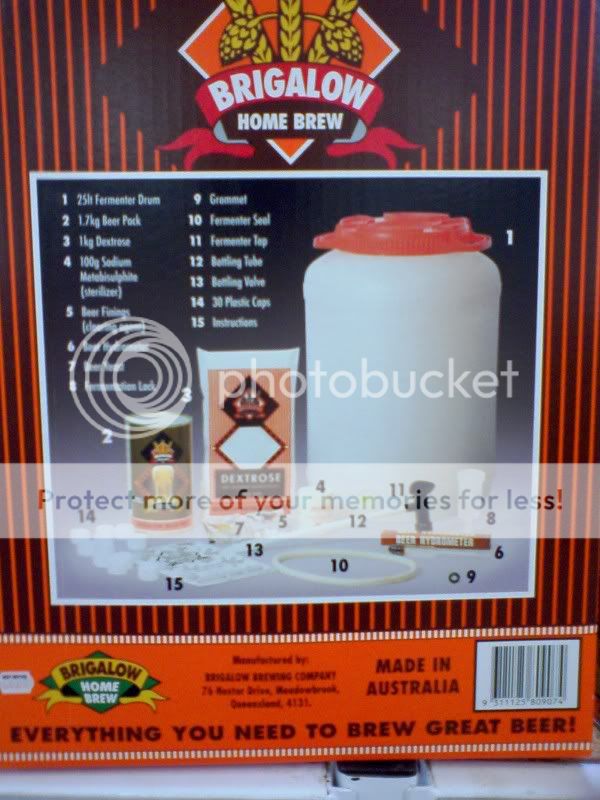Kiwi_Jonno
Well-Known Member
Am thinking about getting another primary fermenter to use as a secondary. At the moment, when I prime the bottles im using carb drops, as I don't wanna disturb the yeast in primary if I mix in the sugar.
I probably wrong, but I think they are making the beer cloudy with lots of additional sediment in the bottle. Regardless they are expensive compared to brewing sugar!
I know most people siphon the beer into the secondary. My primary has a "spigot tap" at the bottom. Would it be possible to use this tap to transfer beer into secondary if done carefully? With or without a hose? If not am thinking perhaps I should use my current fermenter as the secondary, as It would be easier to bottle from?
I dont wanna spend a fortune, but if I got a real secondary glass one, is there much advantage over another plastic one? Most don't have "taps"?
Thanks PS: Bottling from the tap with the "wand" is really appealing to me rather then using a hose....
PS: Bottling from the tap with the "wand" is really appealing to me rather then using a hose....
I probably wrong, but I think they are making the beer cloudy with lots of additional sediment in the bottle. Regardless they are expensive compared to brewing sugar!
I know most people siphon the beer into the secondary. My primary has a "spigot tap" at the bottom. Would it be possible to use this tap to transfer beer into secondary if done carefully? With or without a hose? If not am thinking perhaps I should use my current fermenter as the secondary, as It would be easier to bottle from?
I dont wanna spend a fortune, but if I got a real secondary glass one, is there much advantage over another plastic one? Most don't have "taps"?
Thanks








